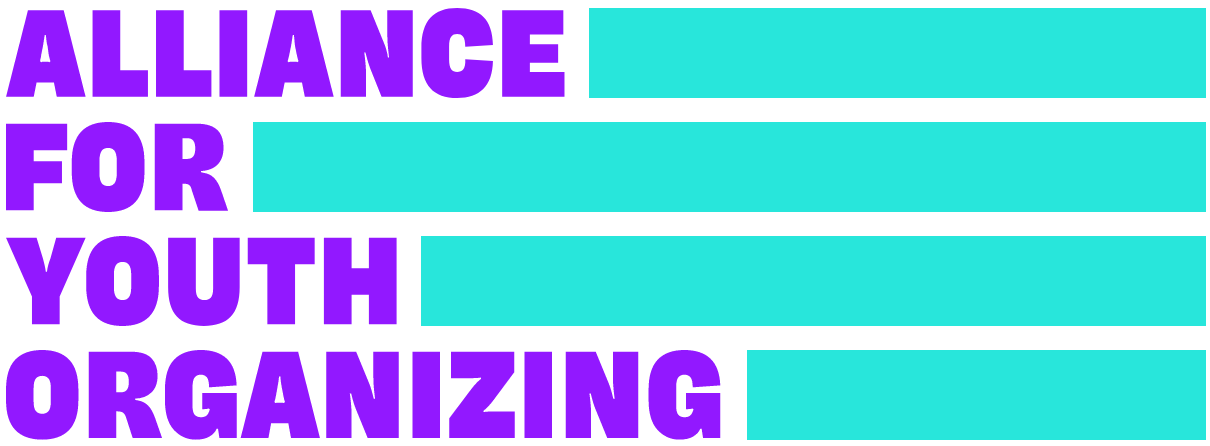Elections happen every year and year round. No one knows this better than our network as they hustle to educate and turn out young voters for Spring elections. Here’s the latest from the Alliance:
With early voting in full swing, MOVE Texas is hustling nonstop to turn out young Texans for the May 4th municipal election in San Antonio and Dallas. Last Friday they launched an easy-to-read Voter Guide covering candidates’ stances on issues young people care about. MOVE’s teams are calling, texting, and knocking on doors to inform and engage voters. And on top of that, last night MOVE hosted MOVEopoly – a life-sized monopoly board game to teach young people about city elections. Organizers are also hosting eight (yes EIGHT) Parties at the Polls in both cities during early voting to drive turn-out.
Portland Public Schools, the largest school district in the state of Oregon, will have its school board election on May 21st and the Bus Project is working hard to get out the youth vote. They recently hosted a candidate forum where students raised questions about mental health support, student and community participation in decision making, and police officers in schools. The Bus is also making phone calls to energize voters and remind community members that each and every election is important.
Engage Miami is registering voters, knocking on doors and distributing voter guides in Sweetwater and North Miami ahead of the May elections. A few weeks ago, Engage hosted a candidate forum in Sweetwater where college students make up one-fourth of the population! On top of all of this, Engage is building up a brand new chapter system rooted in neighborhood-focused community organizing to reach more young people where they’re at. Engage Miami is energizing young people on and off college campuses to drive record turnout and ensure elected officials are responsive to the issues they care about most.
Pennsylvania Student Power Network is hustling to get out the vote in four counties across the state ahead of theJudicial Elections on May 21st. Along with members of the Judge Accountability Table, Pennsylvania Student Power held a candidate forum in Philadelphia County where judicial candidates answered questions about ending cash bail, getting youth out of adult prisons, and decriminalizing sex work. The name of the forum? “Judge the Judges!” Organizers will be cohosting another candidate forum in Delaware County on May 2nd and plan to distribute voter guides in both Philadelphia and Delaware County.
Shout out to these Alliance organizations who are energizing young voters to come out to the polls for each and every election to make their voices heard. Stay tuned for more local organizing updates!
